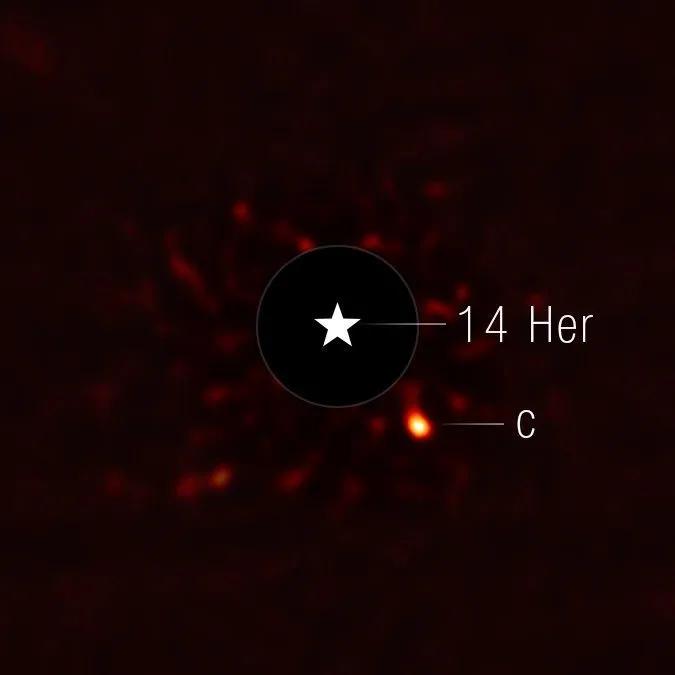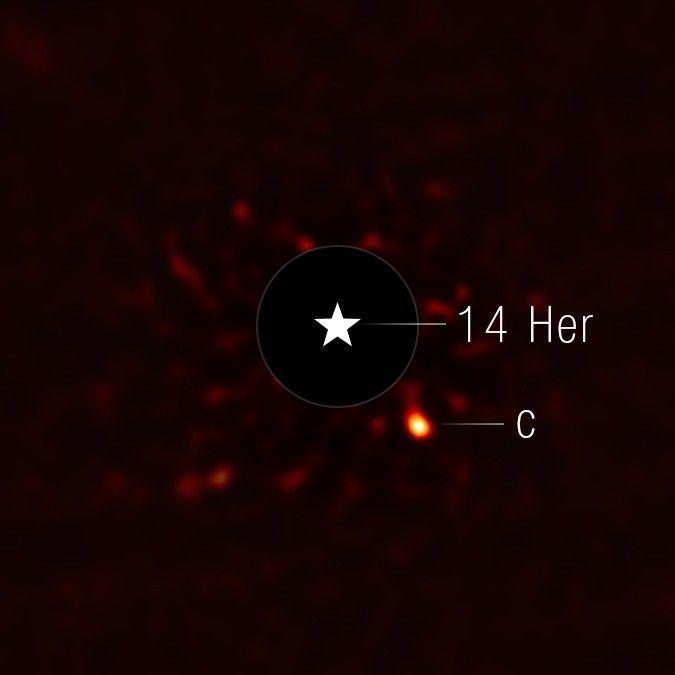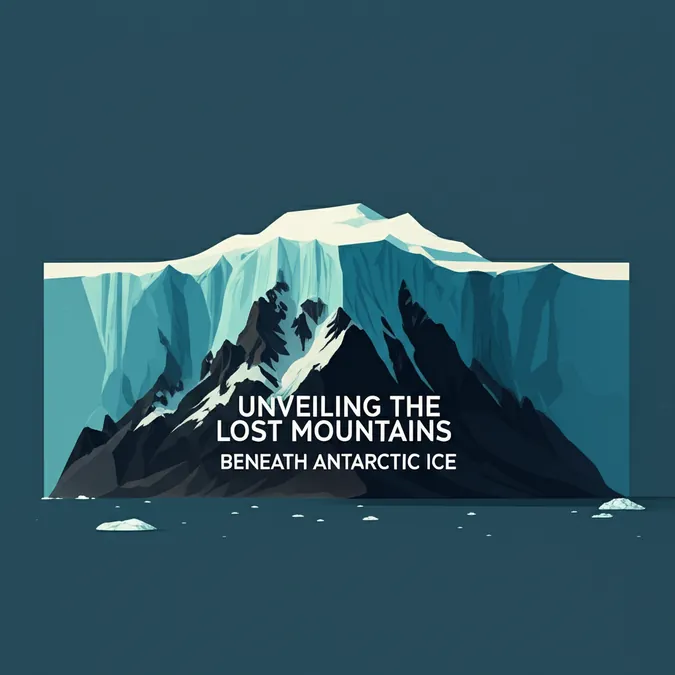Webb Telescope Unveils Direct Image Of Mysterious Planet
The James Webb Space Telescope (JWST) has once again delivered a stunning breakthrough for the scientific community by capturing a direct image of a remote, icy planet. This discovery signals a new chapter in how we study planetary systems outside our own. The planet, named 14 Herculis c, orbits a star similar to our Sun approximately 60 light-years from Earth. Using its advanced NIRCam instrument, astronomers were able to see the planet as a faint orange dot, revealing crucial details about its atmosphere. This achievement highlights the JWST's essential role in expanding our cosmic knowledge, motivating scientists to probe colder and more ancient worlds than ever before.
How Webb Captures Elusive Exoplanets
The James Webb Space Telescope uses sophisticated methods to distinguish the faint light of exoplanets from the overwhelming brightness of their host stars. A key instrument in this effort is the coronagraph, which works by blocking the direct light from a star, thereby allowing the much fainter light of an orbiting planet to be seen. This technology is vital because planets are significantly dimmer than stars and emit most of their light in the infrared spectrum—the exact wavelength range the JWST is optimized to detect.
By capturing this infrared light, the JWST allows astronomers to study planets that would otherwise be invisible. The telescope's power goes beyond simple detection; by feeding the data into advanced computer models, scientists can analyze the atmospheric composition of these distant worlds. This capability opens new avenues for understanding the incredible diversity of planetary systems across the universe.
The Mystery of the Tilted Orbit
The unusual orbit of 14 Herculis c offers a window into a chaotic past within its planetary system. Its orbit is highly inclined, which suggests it has experienced powerful gravitational interactions, possibly with another large planet that was later ejected from the system entirely. Studying these events is critical to understanding the dynamic evolution of young planetary systems.

These gravitational tugs show how planets can shift their orbits or migrate over time. By analyzing these atypical orbital paths, scientists can reconstruct the histories of distant star systems, which in turn provides a clearer picture of the forces that shaped our own Solar System's development and stability.
An Unexpectedly Cool and Complex Atmosphere
14 Herculis c poses an atmospheric puzzle that challenges current scientific models. With an atmospheric temperature estimated at about 27°F (-3°C), the exoplanet is significantly cooler than scientists anticipated. Furthermore, its brightness is dimmer than expected, pointing to unique processes occurring in its atmosphere, which likely involves gases such as carbon dioxide and carbon monoxide.
The detection of these gases is key to understanding the planet's atmospheric makeup and dynamics. These elements play a major role in shaping a planet's climate and its potential for habitability. The presence of such gases points to a complex atmospheric chemistry that may be very different from what we've previously modeled, inviting deeper investigation to solve the mysteries of this distant world.

What This Discovery Means for Astronomy
The direct imaging of 14 Herculis c is a landmark moment for exoplanetary science, pushing the boundaries of what is possible to explore. This achievement underscores the JWST's indispensable role in advancing our knowledge of the cosmos by enabling the study of colder and older worlds. Discoveries like this reinforce the importance of continued investment in advanced space exploration technology.
By offering a more profound understanding of exoplanets, the JWST not only expands our scientific knowledge but also sparks our collective curiosity about the possibility of life elsewhere. As we continue to peel back the layers of cosmic secrets, we are reminded of the immense complexity and wonder of the universe. What other marvels are still out there, waiting to be found by the next generation of explorers?


